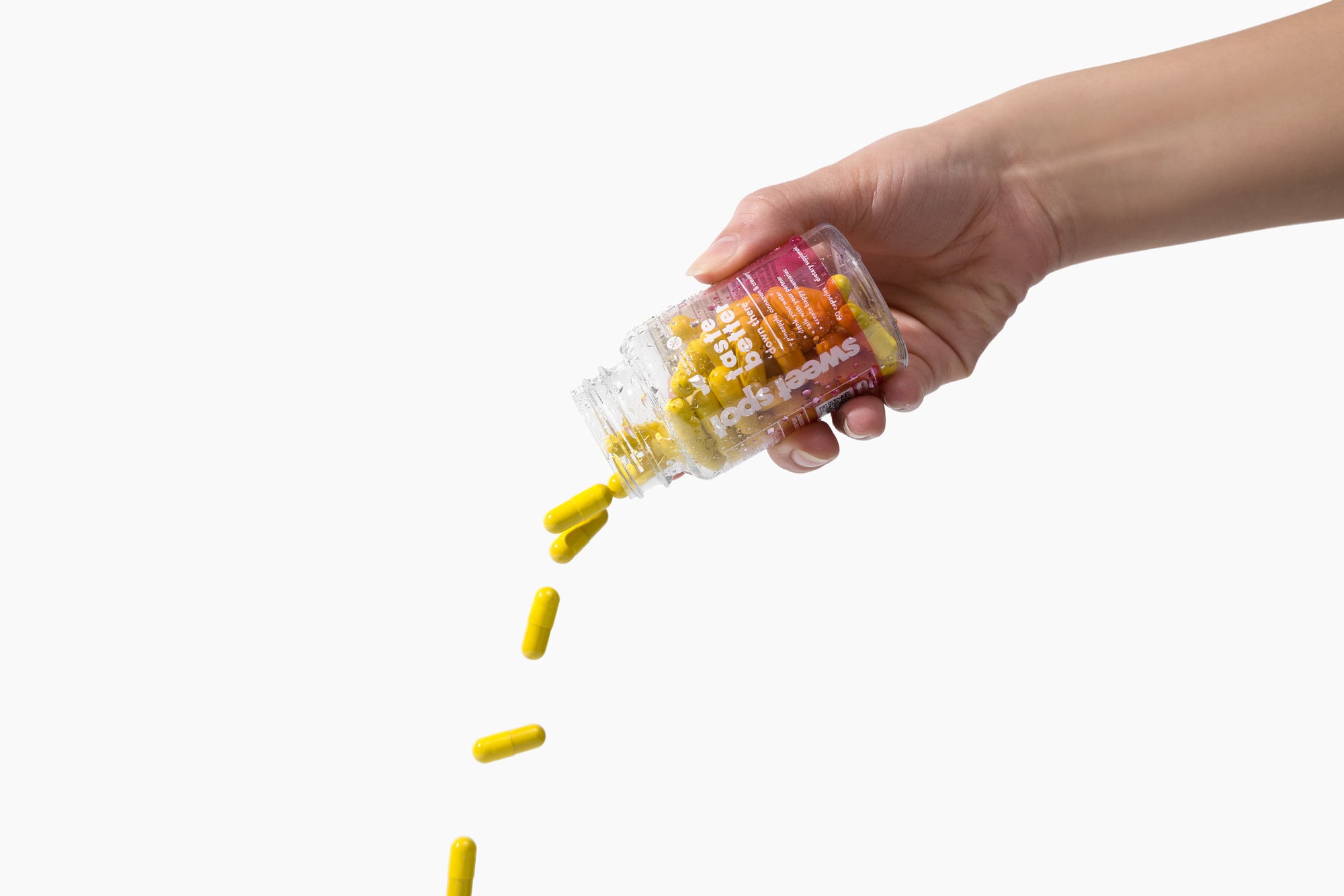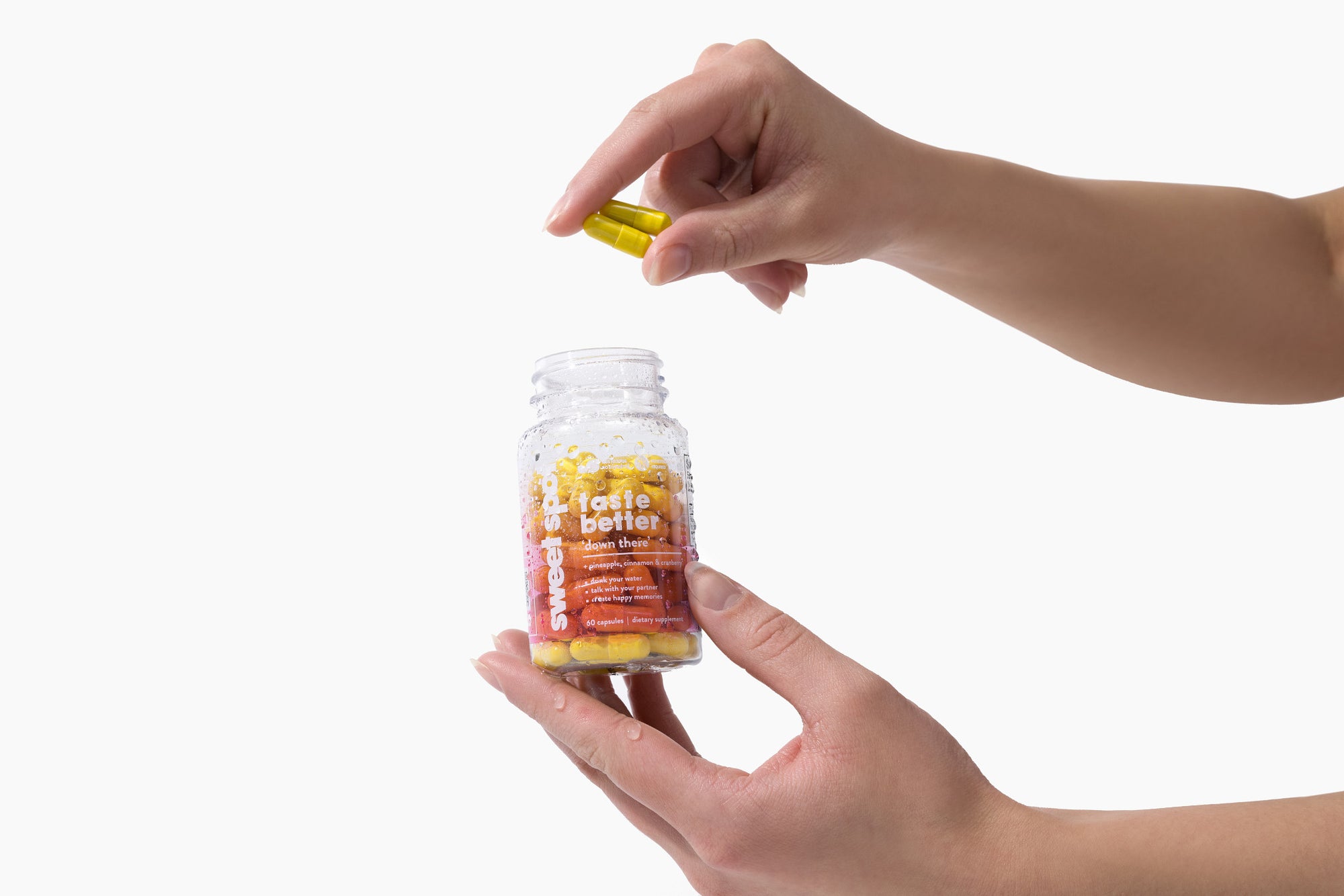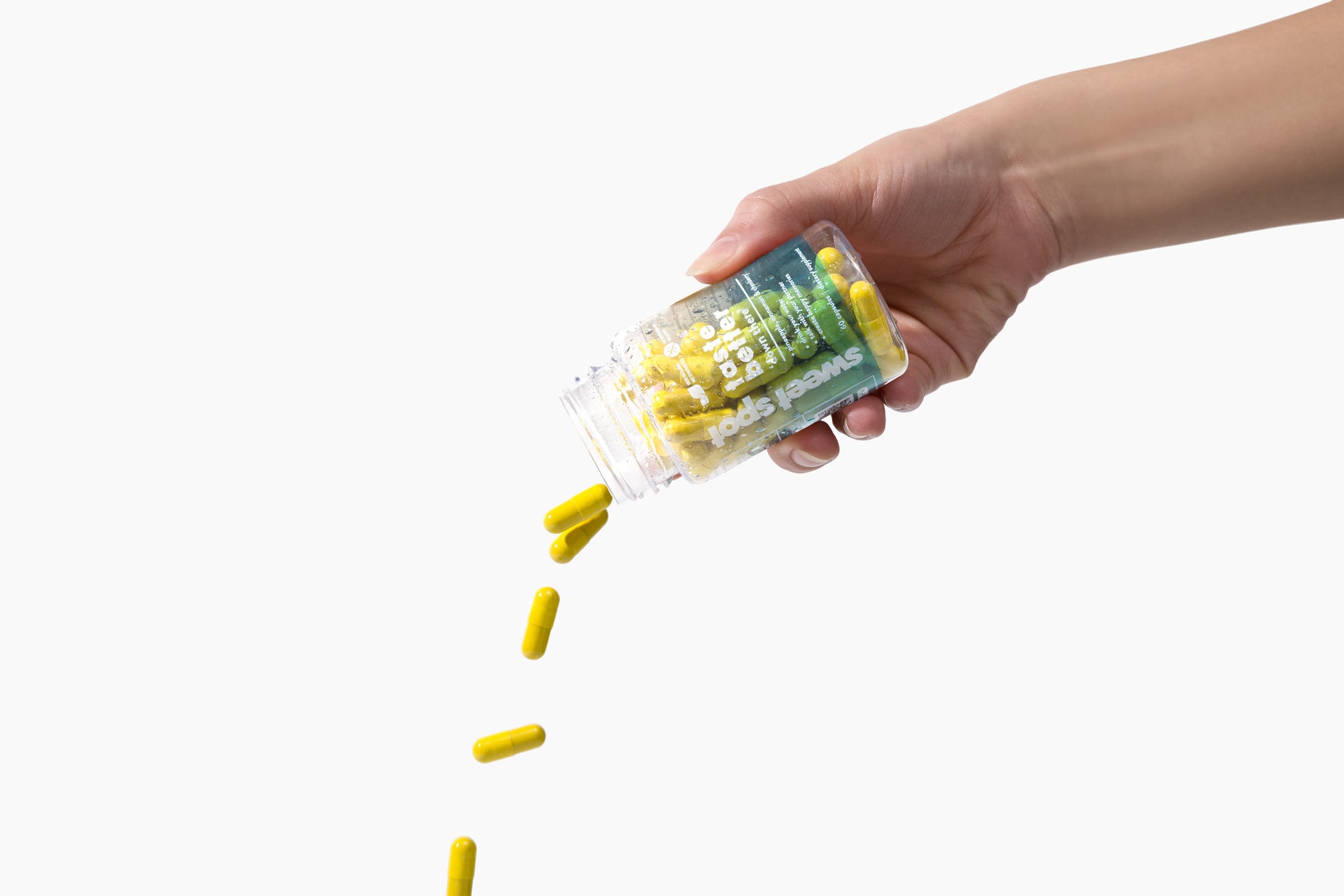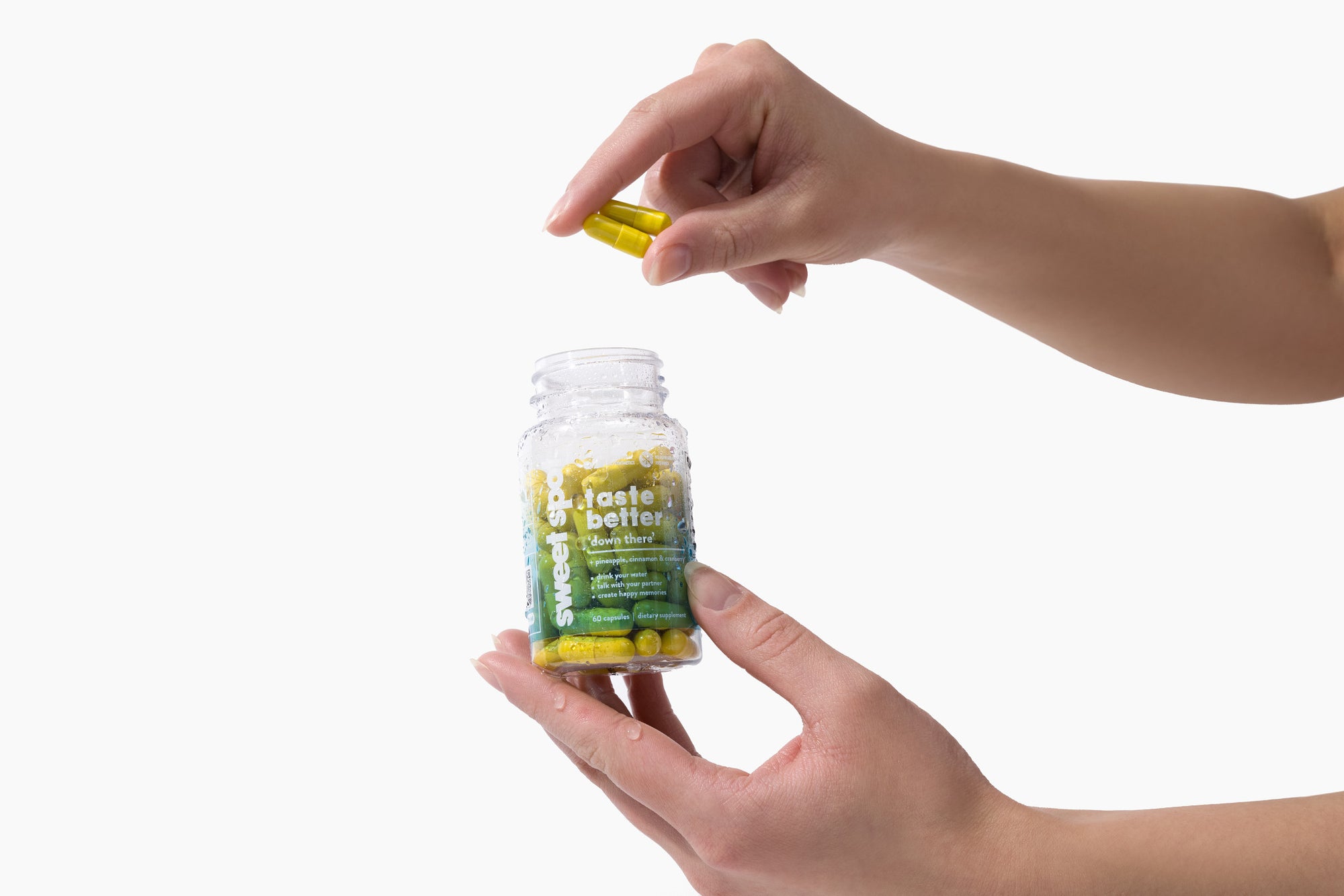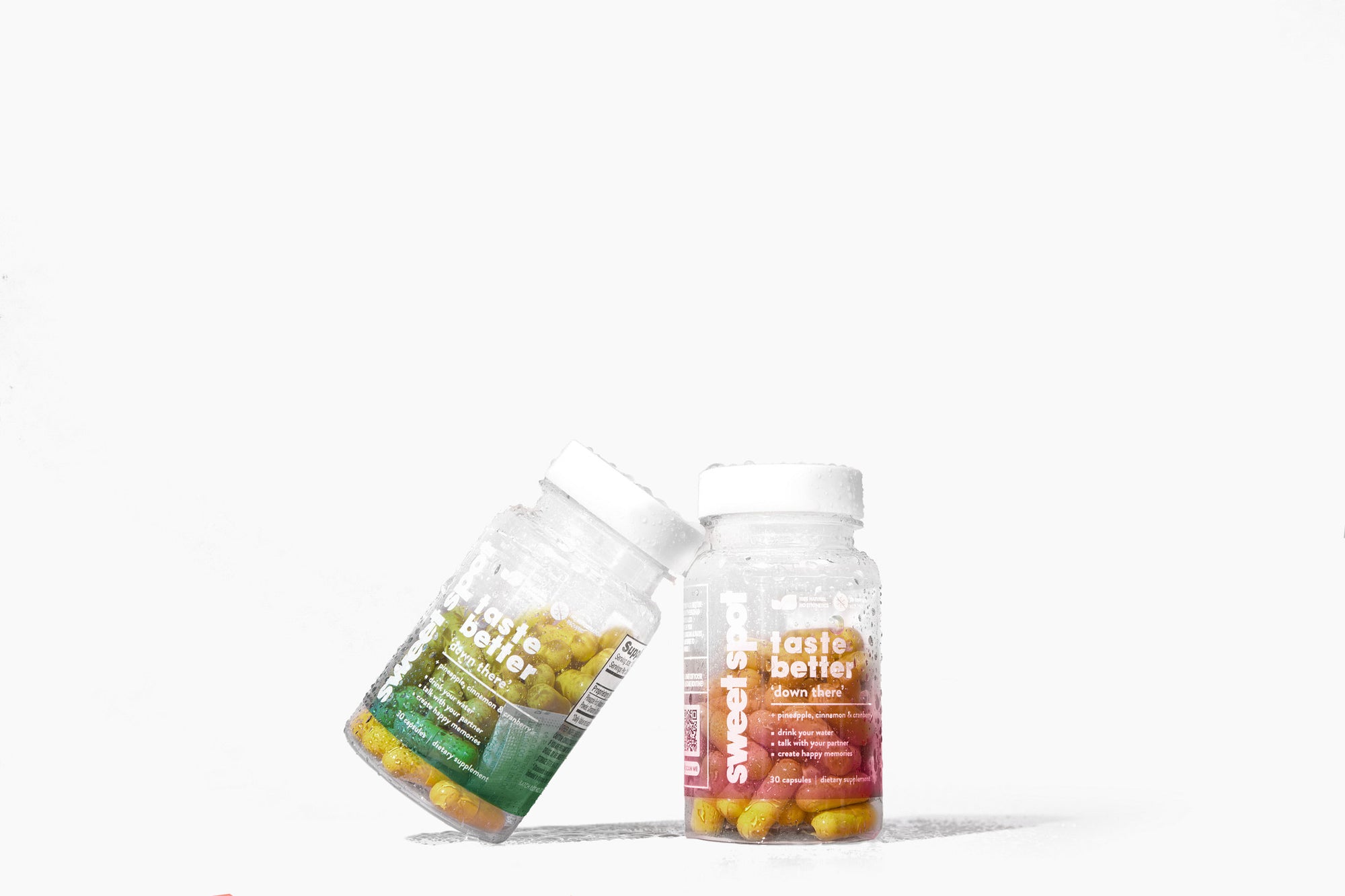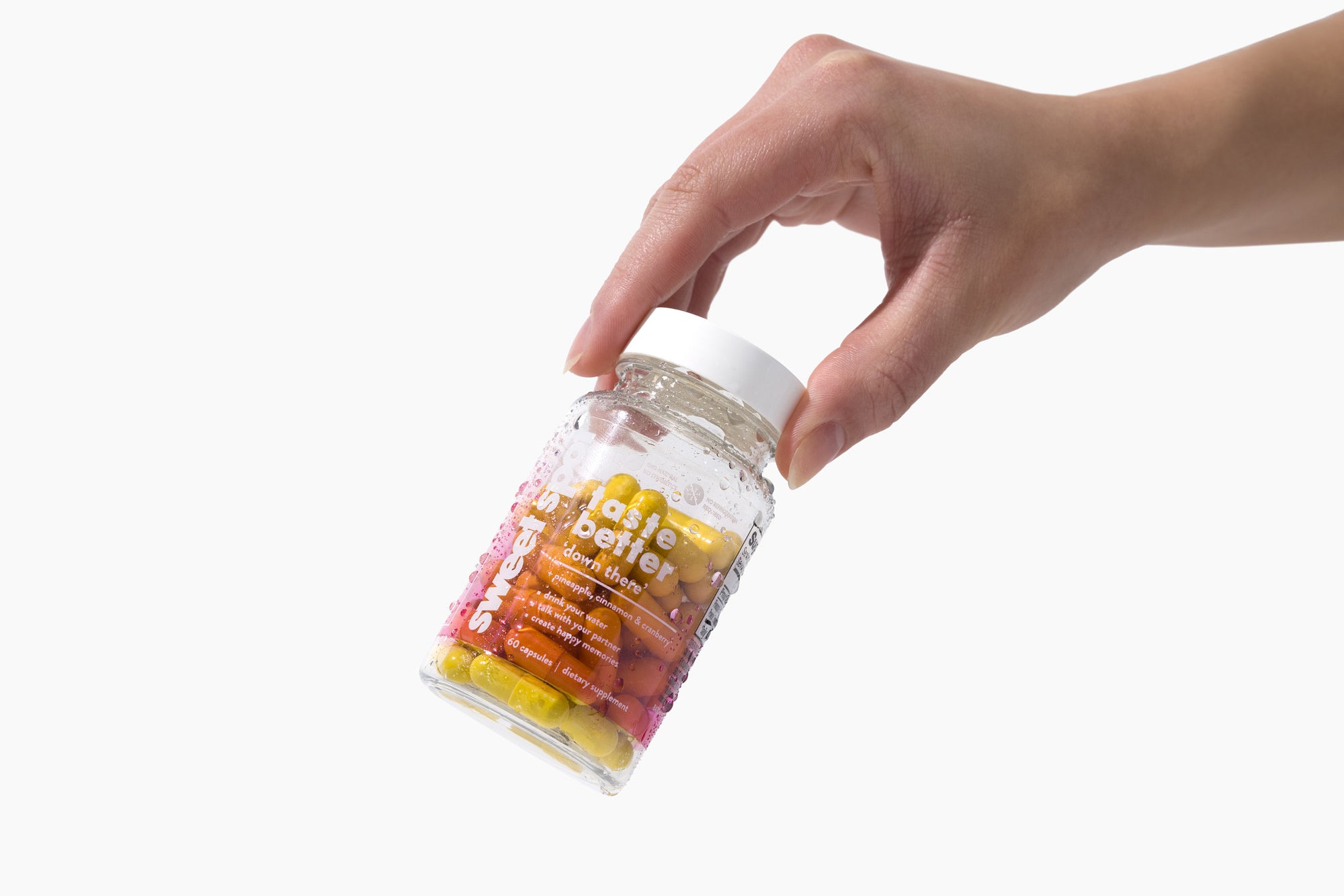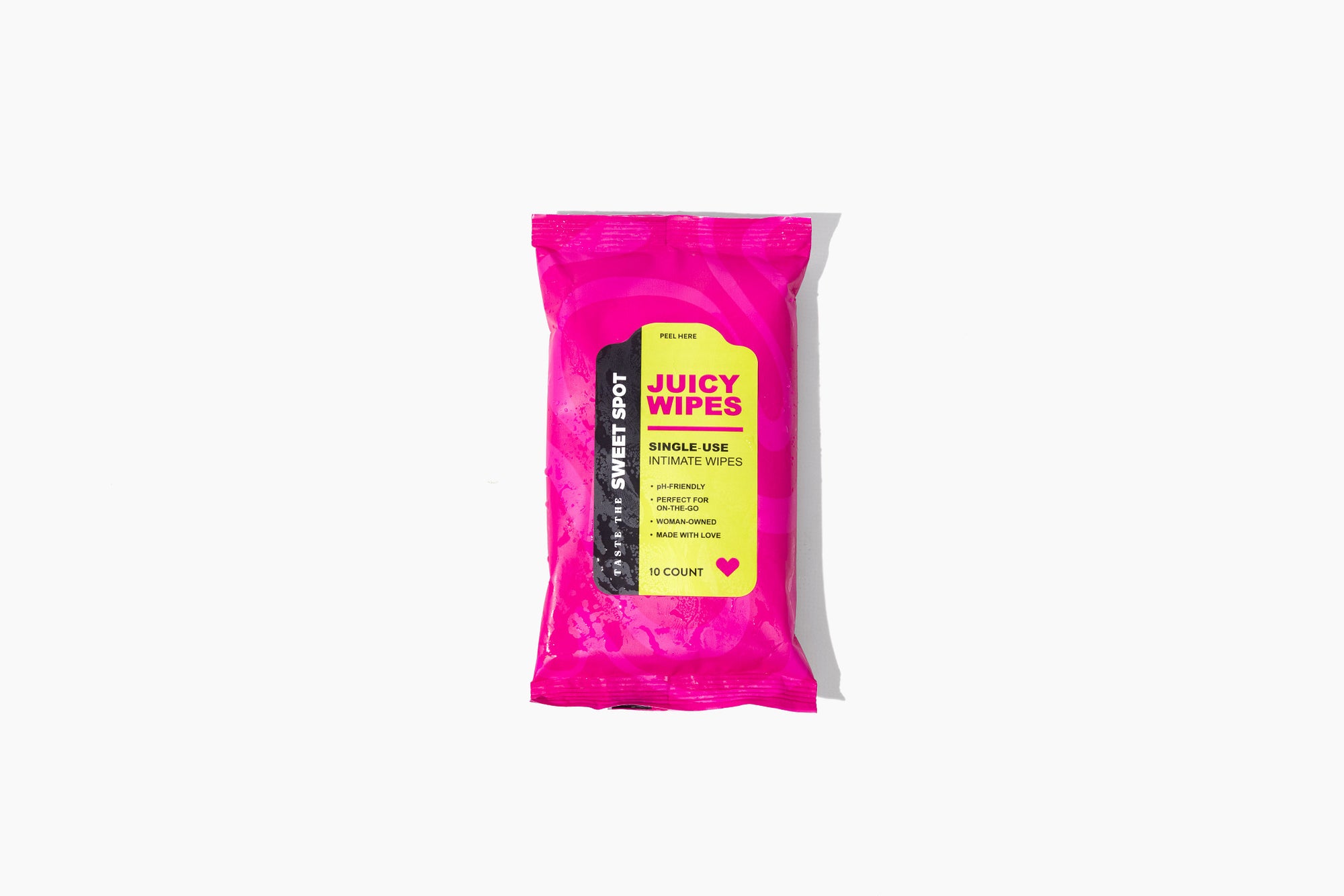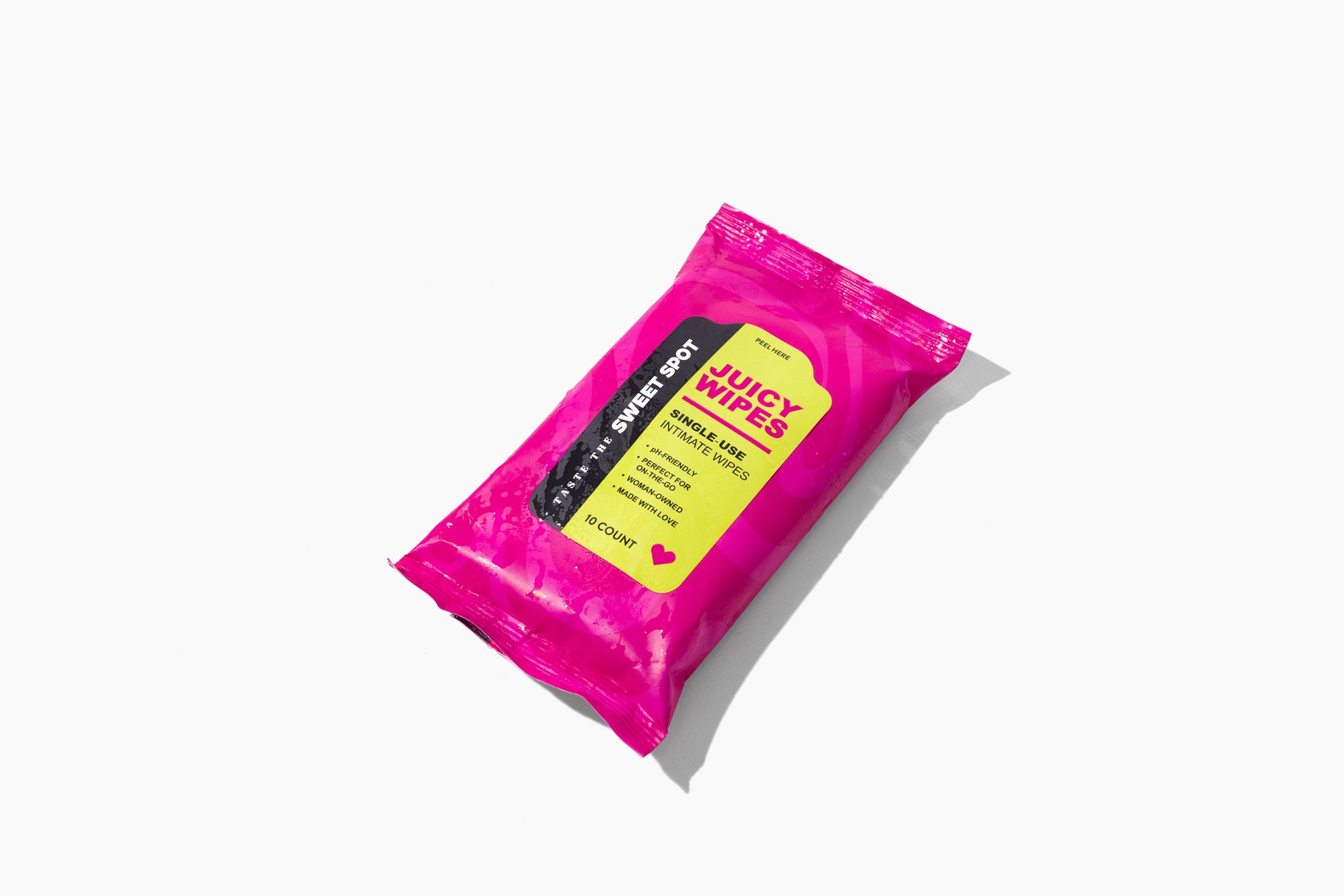

Prebiotics vs. Probiotics
Prebiotics vs. Probiotics: Nourish Your Microbiome for Optimal Intimate Health
Feeding the Right Bacteria
When it comes to digestive and intimate health, the words “probiotic” and “prebiotic” are often used interchangeably, but they serve different functions. Probiotics introduce beneficial bacteria into your body, while prebiotics feed the good bacteria already present. Understanding this distinction can help you design a diet and supplement regimen that supports both your gut and vaginal microbiomes.
What Are Prebiotics?
Prebiotics are non‑digestible fibers and compounds found in plant foods that act as food for beneficial gut bacteria. Examples include inulin, fructooligosaccharides (FOS), and resistant starch. According to the MD Anderson Cancer Center, prebiotic foods include fruits like apples, bananas, and berries; vegetables like onions, garlic, and asparagus; whole grains like oats and barley; legumes and nuts[17]. When you eat these fibers, they travel to the colon, where they are fermented by beneficial bacteria into short‑chain fatty acids that nourish the gut lining, enhance immune function, and reduce inflammation[18].
Resistant starch is a powerful yet often overlooked prebiotic. Found in foods like green bananas, cooked and cooled potatoes, brown rice, and lentils, resistant starch resists digestion in the small intestine and reaches the colon intact. There, beneficial bacteria ferment it into short‑chain fatty acids such as butyrate, which nourish colon cells, reduce inflammation, and support the gut barrier. Preparing dishes like potato salads, overnight oats, or lentil stews provides a delicious way to incorporate resistant starch into your diet.
Emerging research on the gut‑brain‑vagina axis underscores the interconnectedness of our microbiomes. Beneficial gut bacteria produce neurotransmitters like serotonin and gamma‑aminobutyric acid (GABA), which influence mood, stress response, and hormone regulation. These changes can impact vaginal pH and microbiota composition, demonstrating how mental health and diet directly affect intimate wellness. Stress management practices—such as yoga, mindfulness meditation, and adequate sleep—support this axis and complement dietary efforts to balance the microbiome.
Selecting and preparing prebiotic‑rich foods can be simple and enjoyable. Sauté onions and garlic as a flavor base for soups and stir‑fries; roast asparagus with olive oil and sea salt; blend chicory root into coffee substitutes; and snack on raw leeks or jicama with hummus. When introducing prebiotic foods, increase intake gradually to avoid bloating and gas. Drinking plenty of water and incorporating gentle physical activity helps your digestive system adjust to the extra fiber.
What Are Probiotics?
Probiotics are live microorganisms, typically strains of Lactobacillus and Bifidobacterium, that when ingested can colonize the gut and vagina. Probiotic foods include yogurt, kefir, sauerkraut, kimchi, miso, and kombucha[17]. These foods introduce beneficial bacteria that support digestion, improve nutrient absorption, modulate the immune system, and maintain vaginal pH. Probiotic supplements concentrate these strains into easy‑to‑swallow capsules, providing targeted benefits for those with specific needs, such as the Sweet Spot Combo for intimate health.
Health Benefits of Prebiotics and Probiotics
· Improved Digestion – Prebiotics feed gut bacteria that break down fiber and produce short‑chain fatty acids, improving bowel regularity and reducing constipation[18]. Probiotics alleviate bloating, gas, and diarrhea by restoring balance.
· Decreased Inflammation – A balanced microbiome lowers systemic inflammation, which is linked to chronic diseases such as obesity, diabetes, and autoimmune disorders[18].
· Enhanced Immunity – Both prebiotics and probiotics modulate immune responses and may reduce the severity of allergies and infections[18].
· Improved Vaginal Health – Probiotics maintain a healthy vaginal pH and compete with pathogens to prevent infections[2], while prebiotics feed these beneficial bacteria and help them thrive.
· Better Mood and Cognition – The gut‑brain axis suggests that a healthy microbiome may improve mental health and cognitive function. Short‑chain fatty acids produced by prebiotic fermentation support the production of serotonin and GABA.
Balancing Your Diet for Optimal Microbiome Health
1. Increase Fiber Intake Gradually – Sudden increases can cause gas and bloating; gradually introduce foods like beans, whole grains, and vegetables[19].
2. Choose Fermented Foods – Incorporate yogurt, kefir, kimchi, and sauerkraut; check labels for live cultures and avoid pasteurized products that kill bacteria[17].
3. Limit Processed Foods – Processed foods often contain refined sugars and preservatives that feed harmful bacteria.
4. Consider Supplements – If dietary sources are inadequate, select supplements with clinically studied strains and high CFUs; the Sweet Spot Combo pairs probiotics with digestive enzymes and supportive herbs for targeted vaginal health[1].
5. Stay Hydrated – Water aids digestion and helps fibers move through your system.
Prebiotics and Probiotics for Intimate Health
The vaginal microbiome depends on Lactobacillus species that produce lactic acid, keeping the pH between 3.8 and 5.0 and deterring pathogens[2]. Probiotic supplementation introduces these beneficial species, while prebiotics from your diet feed them. A diet rich in fiber and fermented foods supports this ecosystem. However, because the vagina is influenced by hormones, hygiene, and sexual activity, targeted supplements like the Sweet Spot Combo can provide additional support.
Why Choose the Sweet Spot Combo?
· Targeted Strains – Contains Lactobacillus rhamnosus, L. reuteri and L. acidophilus, which are specifically shown to reduce recurrent bacterial vaginosis and yeast infections[3].
· Pineapple, Cranberry, and Cinnamon – Natural extracts provide vitamins, antioxidants, and antimicrobial compounds to support urinary health and reduce inflammation[8][13].
· Digestive Enzymes – Bromelain from pineapple aids digestion[10], ensuring better absorption of nutrients.
By combining prebiotic‑friendly ingredients, potent probiotics, and supportive herbs, the Sweet Spot Combo addresses multiple factors that influence smell, taste, and overall intimate well‑being.
Nourish Your Microbiome for Lasting Confidence
Understanding the difference between prebiotics and probiotics empowers you to make informed dietary choices. A balanced diet rich in fiber and fermented foods supports beneficial bacteria, while targeted supplements fill the gaps and address specific health concerns. The Sweet Spot Combo integrates prebiotic‑friendly herbs, clinical probiotic strains, and supportive plant extracts, making it an ideal solution for those seeking fresher odor, better taste, and improved urinary health.
Learn more at Taste the sweet spot’s collection.



